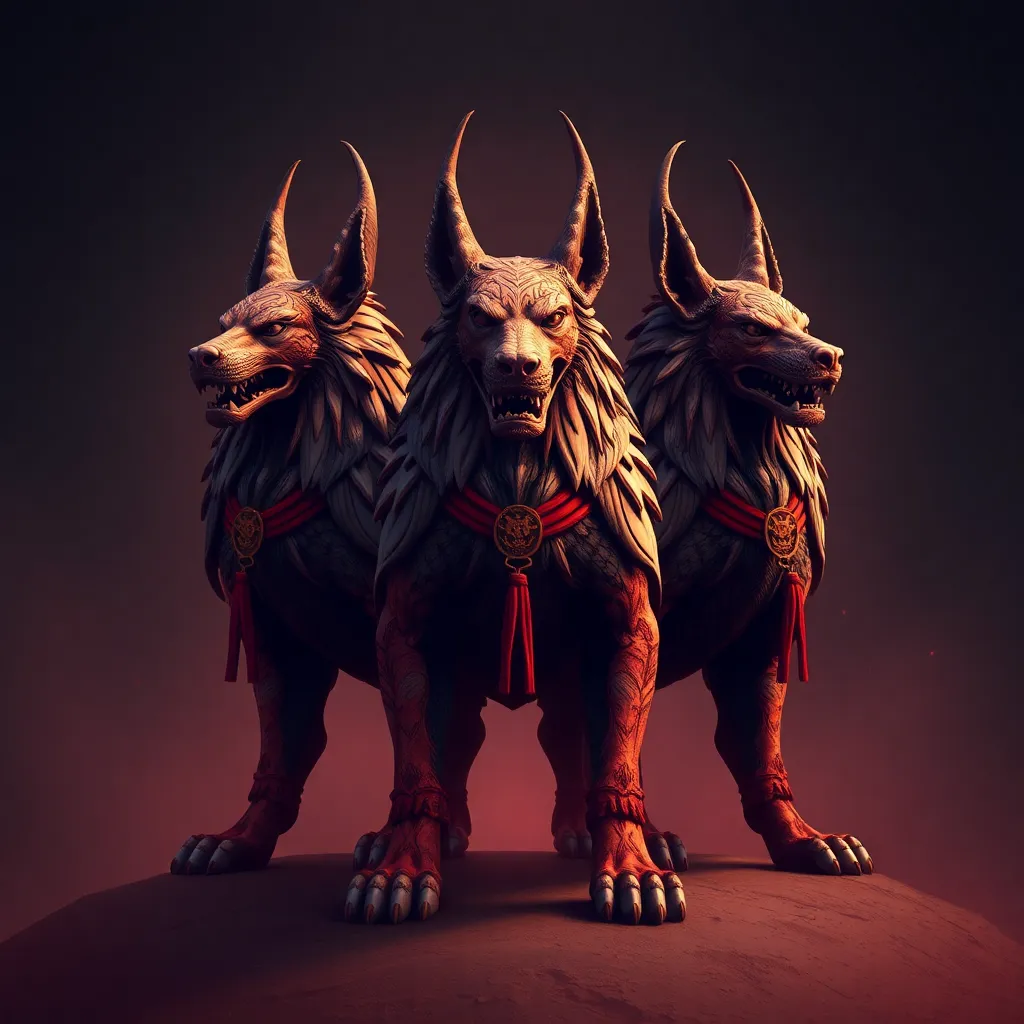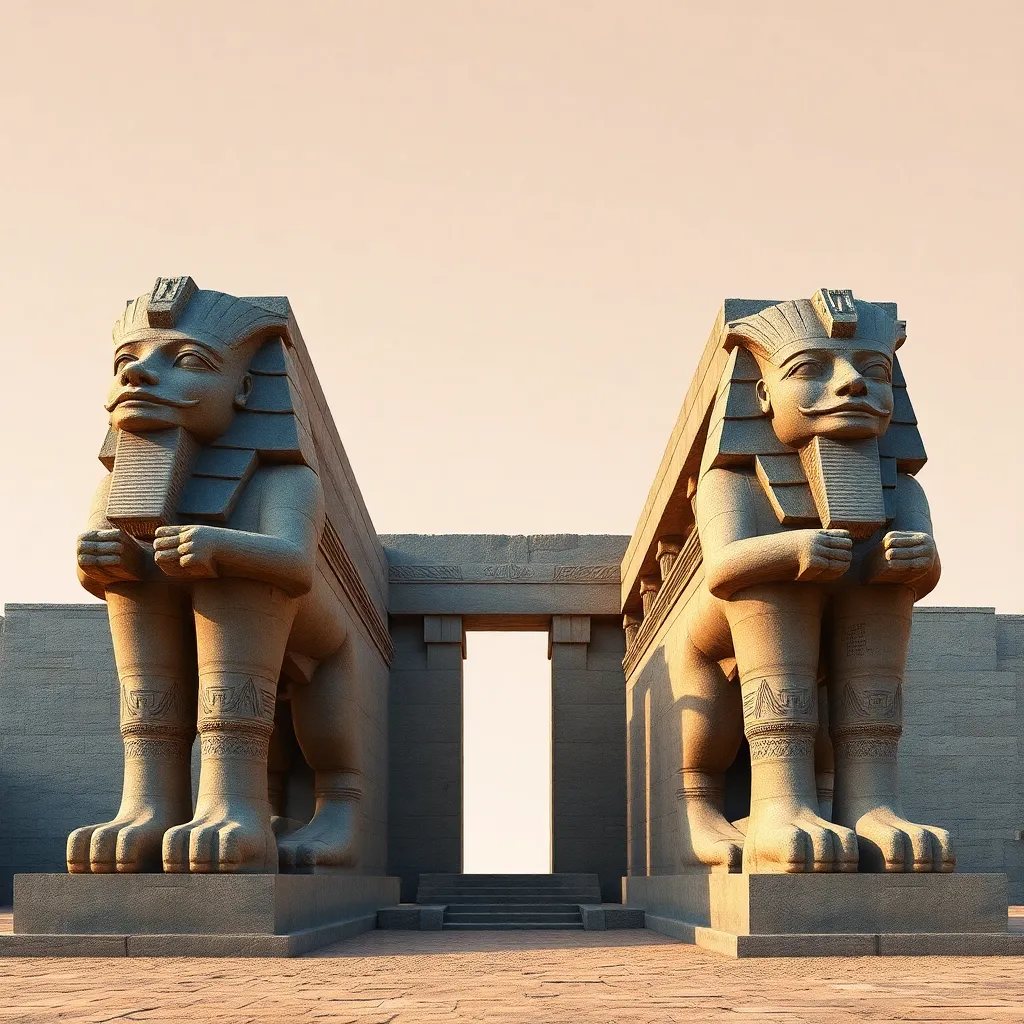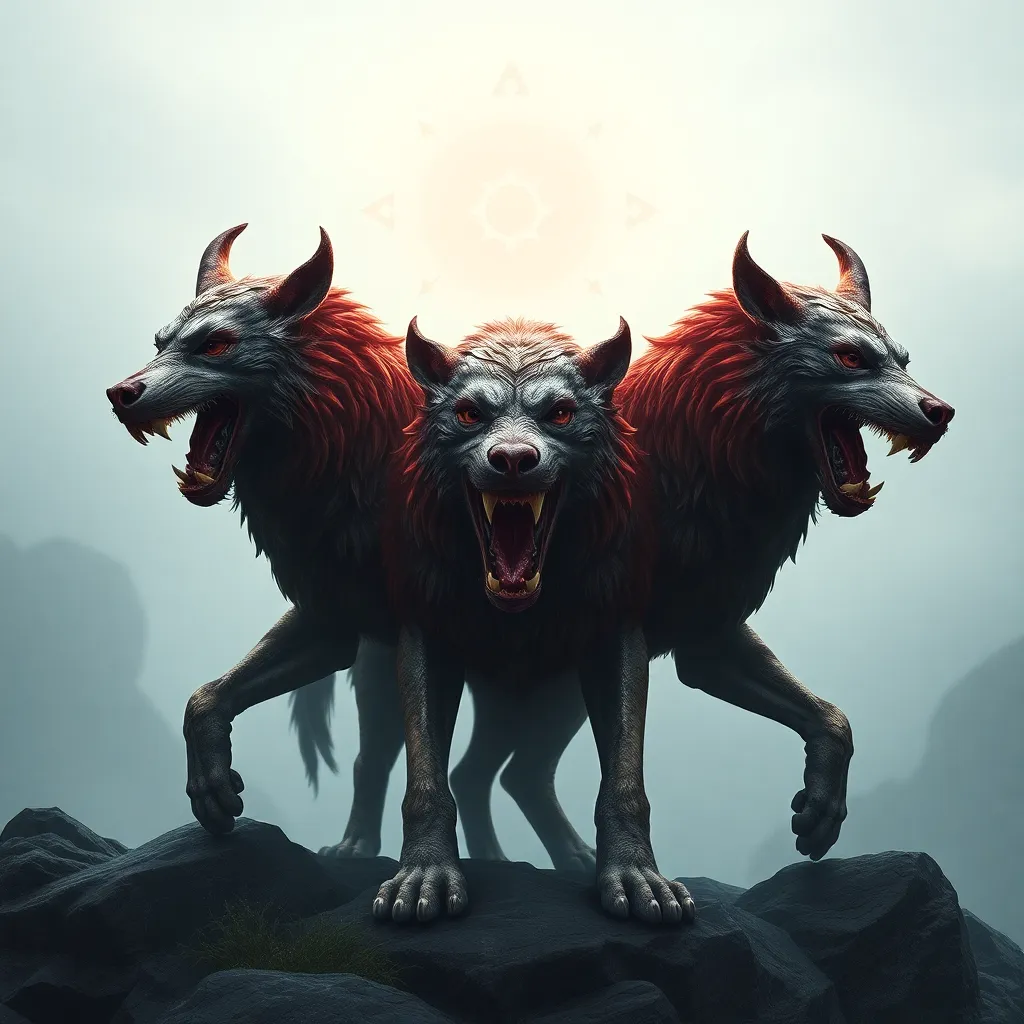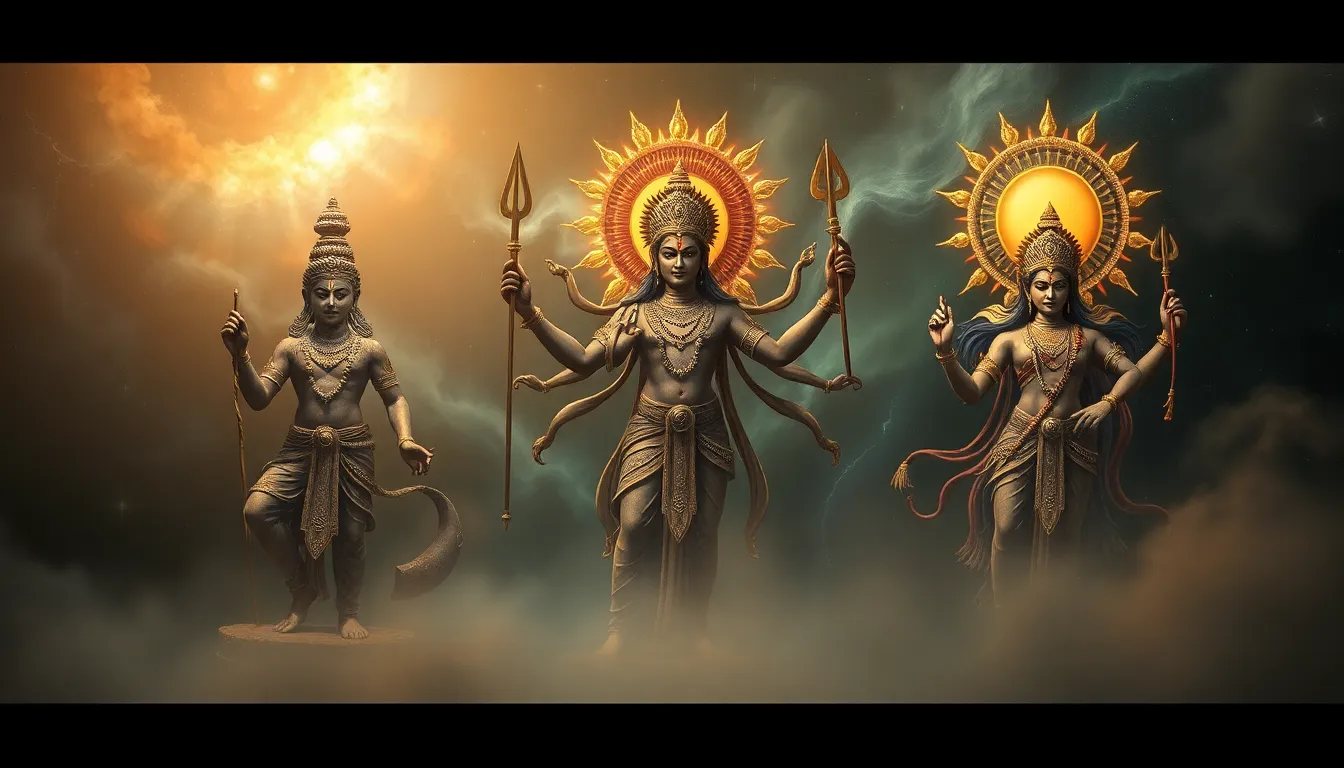The Mystique of the Triple-Headed Guard: Exploring the Symbolism of Cerberus’s Form
I. Introduction
Cerberus, the fearsome three-headed dog of Greek mythology, stands as one of the most captivating figures in ancient lore. Often depicted as a monstrous canine with a serpent for a tail and snakes protruding from his back, Cerberus embodies the complexities of the afterlife and the human psyche. His triple-headed form is not merely a visual spectacle; it is laden with deep symbolism that speaks to the nature of existence.
This article aims to delve into the significance of Cerberus’s unique characteristics, particularly his three heads, and explore the rich tapestry of meanings associated with this legendary guardian of the Underworld.
II. The Origins of Cerberus in Greek Mythology
The origins of Cerberus can be traced back to ancient Greece, where he was depicted in various myths and artworks. He is primarily known as the guardian of the Underworld, tasked with preventing the escape of souls and the intrusion of the living into the realm of the dead.
- Historical Context: Cerberus is often mentioned in texts by ancient writers such as Homer and Hesiod, who describe him as a formidable creature.
- Role in Mythology: As the offspring of Echidna and Typhon, Cerberus is a hybrid creature symbolizing the chaos of the Underworld.
- Relationships: Cerberus is typically associated with Hades, the god of the Underworld, and his role is vital in maintaining the order between the living and the dead.
III. The Symbolism of Three Heads
The triple-headed form of Cerberus carries profound symbolism, particularly related to the number three, which holds significance in various cultures.
- Interpretation of the Number Three: In many traditions, three represents completeness and wholeness. It often signifies a triad of concepts or entities.
- Past, Present, and Future: Each head of Cerberus can be interpreted as a representation of time, illustrating the cyclical nature of existence.
- Duality of Nature: Cerberus embodies life, death, and rebirth, highlighting the interconnectedness of these states and the inevitability of mortality.
IV. Cerberus as a Guardian and Protector
Cerberus’s primary role as the guardian of the Underworld underscores his significance in mythology. His presence serves as a powerful symbol of protection and the boundaries between life and death.
- Safeguarding the Underworld: Cerberus prevents souls from leaving and the living from entering, maintaining the natural order.
- Symbolism of Protection: His fierce demeanor represents the protective forces that guard the threshold between different realms of existence.
- Comparison with Other Guardians: Similar figures, such as Anubis in Egyptian mythology and Yama in Hinduism, also serve as protectors of the afterlife, illustrating a universal theme across cultures.
V. The Psychological Implications of Cerberus’s Form
Cerberus’s terrifying appearance and his three heads can also be viewed through a psychological lens. He represents not only the fear of death but also the complexities of the human mind.
- Representation of Fear and Anxiety: Cerberus embodies the primal fears associated with death and the unknown, acting as a metaphor for the anxieties that plague humanity.
- Facets of the Human Psyche: The three heads can symbolize the different aspects of the psyche—id, ego, and superego—reflecting the internal conflicts we face.
- Archetypal Significance: In dreams and literature, Cerberus often appears as an archetype representing obstacles and challenges that must be faced in the journey of life.
VI. Cerberus in Modern Culture
The image of Cerberus has evolved significantly over time, permeating various forms of modern culture, including literature, film, and art.
- Literature and Film: Cerberus has been depicted in countless stories, from Dante’s “Inferno” to contemporary fantasy novels and movies, where he often serves as a guardian figure.
- Evolution of Image: While traditionally viewed as a fearsome creature, modern depictions often explore his character in more nuanced ways, sometimes portraying him as a tragic figure.
- Contemporary Symbolism: Cerberus continues to be a symbol in discussions surrounding death and mortality, serving as a reminder of the inevitability of human fate.
VII. Interpretations of Cerberus Across Different Cultures
Cerberus is not unique to Greek mythology; various cultures have their own interpretations of multi-headed creatures that serve similar functions.
- Similar Mythological Creatures: In Hinduism, Yama is accompanied by dogs that guard the realm of the dead, showcasing a parallel theme of guardianship.
- Cross-Cultural Symbolism: Three-headed beings appear in different mythologies and religions, often representing the connection between the physical and spiritual worlds.
- Universality of the Guardian Archetype: The concept of a guardian protecting the threshold between life and death resonates across cultures, emphasizing a shared human experience.
VIII. Conclusion
The significance of Cerberus’s triple-headed form extends far beyond his role as a mythological creature. He embodies complex themes related to time, existence, and the psychological dimensions of fear and protection.
As a guardian of the Underworld, Cerberus represents the boundaries we navigate between life and death, reminding us of the dualities inherent in our existence. His enduring mystique continues to captivate the human imagination, offering profound insights into our understanding of life, death, and the human experience.
In reflecting on the symbolism of Cerberus, we are invited to confront our fears, acknowledge the cyclical nature of life, and embrace the mysteries that lie beyond the veil of mortal existence.



